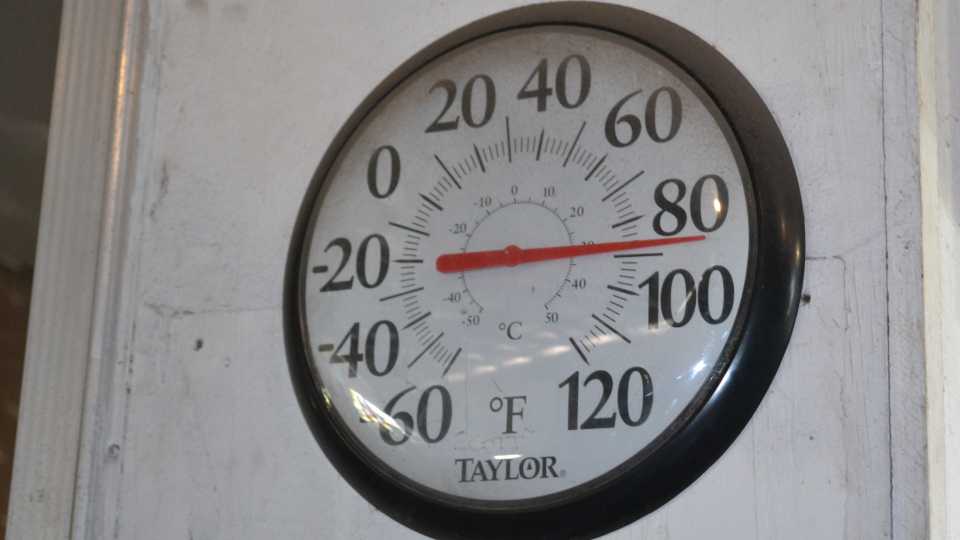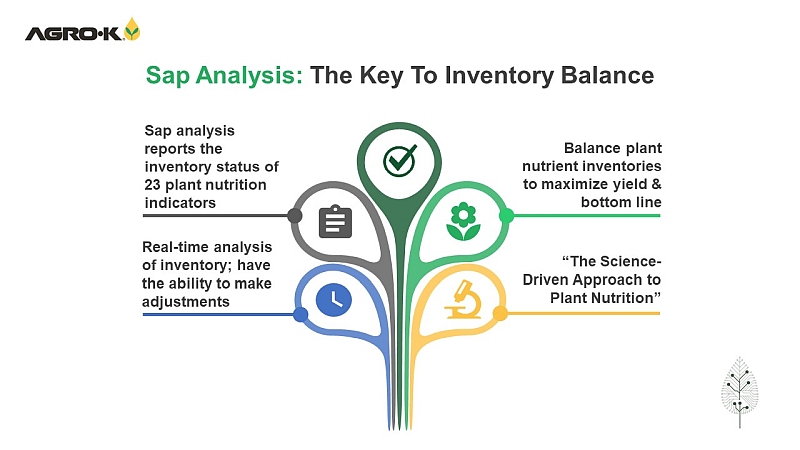Invasive Species Reporting App Available For iPhone, iPad
Ohio State University Extension has released an iPhone and iPad version of its Great Lakes Early Detection Network (GLEDN) app, which was previously available only for Android devices.
The free app is aimed at citizen scientists, say its developers. By using it, a person who sees a suspected invasive species can take a picture of the specimen, record its location, upload the information to an invasive-species mapping website called EDDMapS, and e-mail the data to scientists for verification.
Reports can be filed, for instance, while out fishing, hiking, walking, kayaking, or birdwatching.
“By reporting sightings of invasive plants and other invasive pests, we can better assess the extent of the infestations and hopefully eradicate new infestations before they become huge problems,” says the app’s website. “The goal of (the Great Lakes Early Detection Network) is to make identification and reporting as easy and efficient as possible.”
Invasive species are species that aren’t native to a place but get there through human activity, either by accident or on purpose. They escape, tend to spread fast, and can reduce or eliminate native species by eating, shading, crowding, damaging, infecting, or outcompeting them.
The app divides sightings into the general categories of fish, insects, mammals, mollusks, crustaceans, plant diseases, and plants, including trees, vines, shrubs, herbs, grasses and forbs such as wildflowers.
Asian longhorned beetle, white-nose syndrome in bats, thousand cankers disease in walnut trees, and at least two Asian carp species — the silver carp and the bighead carp — are just a few of the region’s recent or looming invaders.
Others include the fast-growing kudzu vine, the aquatic weed hydrilla, the lake-clogging zebra mussel, and the tree-killing emerald ash borer.
The waters of the Great Lakes alone have already seen some 184 documented aquatic invasive species, said Eugene Braig, who works as OSU Extension’s aquatic ecosystems program director.
The app’s developers were OSU Extension’s Braig, Kathy Smith, Marne Titchenell and Amy Stone, and Chuck Bargeron of the University of Georgia’s Center for Invasive Species and Ecosystem Health.
The Great Lakes Early Detection Network covers the states of Ohio, New York, Illinois, Indiana, Wisconsin, Michigan, Minnesota and Pennsylvania.
Links for downloading both the Apple mobile version and the Android version, which is also free, are at http://go.osu.edu/GLEDN.
Another app that’s been developed by Ohio State is designed to help growers identify natural enemies, native plants, and pollinators in the field. For more on that app, click here.









